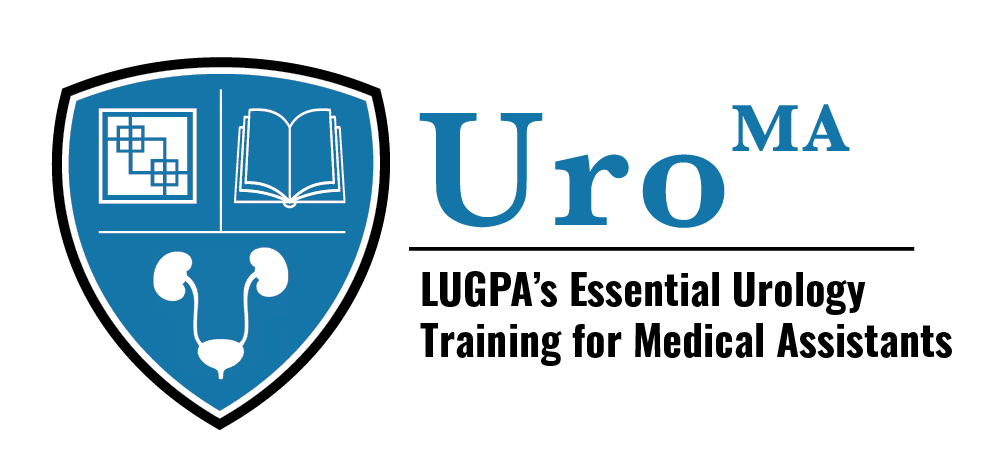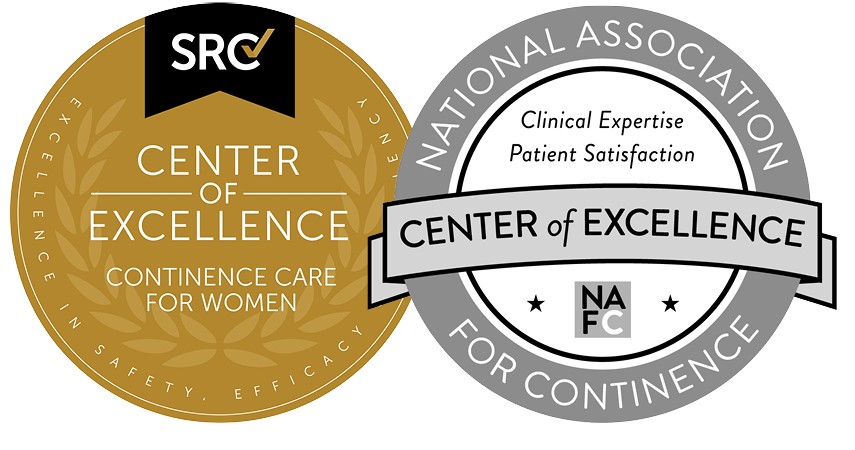LUGPA Policy Brief: Expanding Access to Lower-Cost Biosimilar DrugsNovember 2025 Biosimilars are biologic medical products that are highly similar to FDA-approved biologics and have no clinically meaningful differences in safety, purity, or potency. Often described as the “generic version” of biologics, biosimilars can lower costs while maintaining the same therapeutic effectiveness. They are used to treat serious conditions such as cancer, autoimmune diseases, and rare disorders. Biologic drugs represent just 5% of prescriptions but account for over half of U.S. drug spending. Annual treatment costs can reach hundreds of thousands of dollars, creating major affordability barriers for patients and adding strain to healthcare systems. High costs have led many patients to ration medications or abandon treatment, resulting in poorer outcomes and higher hospitalizations. Even insured patients often face significant out-of-pocket expenses due to coverage gaps and high deductibles. Despite strong safety data, biosimilar adoption remains slow due to provider hesitancy, patient uncertainty, and persistent misinformation. Since the first U.S. biosimilar approval in 2015, the FDA has authorized 76 biosimilars, compared to over 110 approved by the European Medicines Agency. Biosimilars account for less than 20% of U.S. biologic use. Only 10% of biologics currently have biosimilars in development, and more than a quarter of high-value biologics (over $500 million in annual sales) have none. Biosimilars are becoming increasingly important in urology by improving access to advanced biologic therapies and reducing costs for patients and practices. Recently, the FDA approved several denosumab biosimilars—such as Jubbonti, Wyost, and Bilprevda—for increasing bone mass in men with prostate cancer undergoing androgen deprivation therapy. These biosimilars, which inhibit bone breakdown, offer a less expensive alternative to the original denosumab products. Urology practices are eligible to administer these drugs but must carefully navigate economic and reimbursement considerations to integrate them effectively into patient care. Barriers to Market Entry Developing a biosimilar is costly and time-consuming—comparative efficacy studies can take up to three years and cost an average of $24 million, even when advanced analytical testing may be sufficient. Key barriers include:
Economic Impact Since 2015, biosimilars have generated $56 billion in healthcare savings, including $20 billion in 2024. They typically launch at 50% lower prices than brand-name biologics, providing immediate relief to patients and programs like Medicare and Medicaid. Recent FDA Efforts The FDA has advanced several reforms to accelerate biosimilar access:
2025 Legislative and Regulatory Updates FDA Draft Guidance (October 29, 2025) Expedited Access to Biosimilars Act (S.1414) Biosimilar Red Tape Elimination Act (S.1954/H.R.5526) State Developments
LUGPA supports policies that promote innovation, transparency, and affordability in specialty drug markets while maintaining rigorous safety standards. Reducing unnecessary regulatory barriers will expand patient access to advanced therapies, strengthen competition, and sustain independent physician practices.
|




